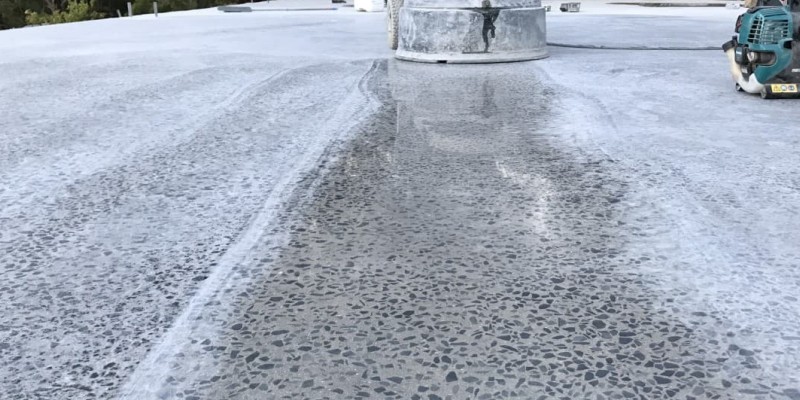Avoiding Surface Damage and Other Pitfalls in Concrete Floor Grinding2024-03-05
Concrete floor grinding is an essential step in preparing surfaces for various applications, such as polishing, coating, or simply leveling uneven surfaces. However, without proper technique and equipment, the process can lead to surface damage, uneven finishes, and other pitfalls.
Before starting the grinding process, it’s crucial to understand the condition of the concrete surface. Assessments should include identifying cracks, spalling, or other imperfections that may affect the grinding process. Additionally, determining the hardness of the concrete will help in selecting the appropriate diamond grinding tools and techniques.
Choosing the right equipment is essential for effective concrete floor grinding. Factors to consider include the size of the project, surface condition, and desired finish. For smaller projects or tight spaces, handheld grinders may be suitable, while larger areas may require walk-behind or ride-on grinders. Diamond grinding pads are commonly used for their effectiveness in removing surface imperfections and achieving smooth finishes.

Achieving the desired results in concrete floor grinding requires setting the right parameters, including speed, pressure, and diamond tool grit size. Starting with a lower speed and gradually increasing it as needed will prevent overheating and surface damage. Adjusting the pressure based on the concrete hardness and imperfections will help maintain control and avoid overgrinding. Choosing the appropriate diamond tooling grit size depends on the surface condition and desired finish, with finer grits producing smoother finishes.
Mastering the technique of concrete floor grinding is essential for achieving optimal results. Holding the grinder at a consistent angle and applying even pressure across the surface will ensure uniformity and prevent uneven finishes. Moving the grinder in overlapping passes and changing direction periodically will help avoid swirl marks and ensure thorough coverage. Additionally, periodically inspecting the surface during grinding will allow for adjustments as needed to address any issues promptly.
After completing the grinding process, it’s essential to perform post-grinding maintenance to ensure the longevity of the surface. This may include cleaning the area to remove dust and debris, repairing any remaining imperfections, and applying sealant or coatings to protect the surface from future damage. Regular maintenance, such as periodic resealing or polishing, will help preserve the integrity and appearance of the concrete floor over time.
- Company Info
- Feedback
- Customer Reviews
- About Us
- Contact Us
- Blog
- Help Center
- User Center
- Forget Password
- My Orders
- Tracking Order
- My Account
- Register



